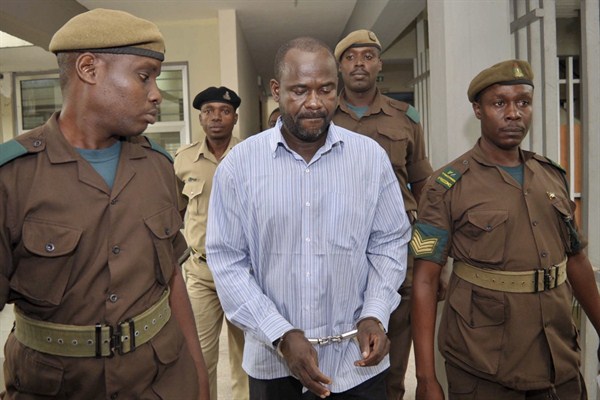Last month, clashes between the Congolese army, backed by U.N. peacekeepers, and the Islamist Ugandan rebel group the Allied Democratic Forces (ADF) left at least 30 dead in the northeast of the Democratic Republic of Congo. In an email interview, Daniel Fahey, a visiting scholar at the University of California, Berkeley, discussed the ADF and its role in the DRC.
WPR: What is the current size and geographic reach of the ADF, and what are the group’s objectives and grievances?
Daniel Fahey: The estimates of the ADF’s size in late 2015 range from 100 to 250 combatants. The ADF’s footprint is relatively small, confined to an area near main roads northeast of the town of Beni, in North Kivu province. Its leaders tell their members that their goal is to take over the Ugandan government, but in recent years these leaders have acted more like they are trying to preserve and protect the “utopia” they created in the forest—consisting of a series of camps with schools, courts, hospitals and mosques—rather than undertake the fool’s errand of invading Uganda.

